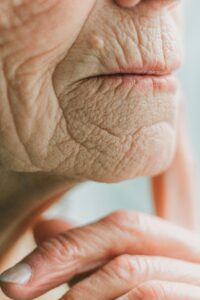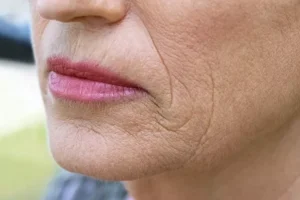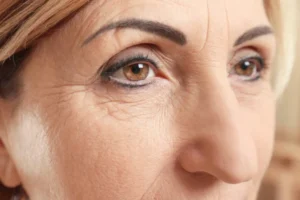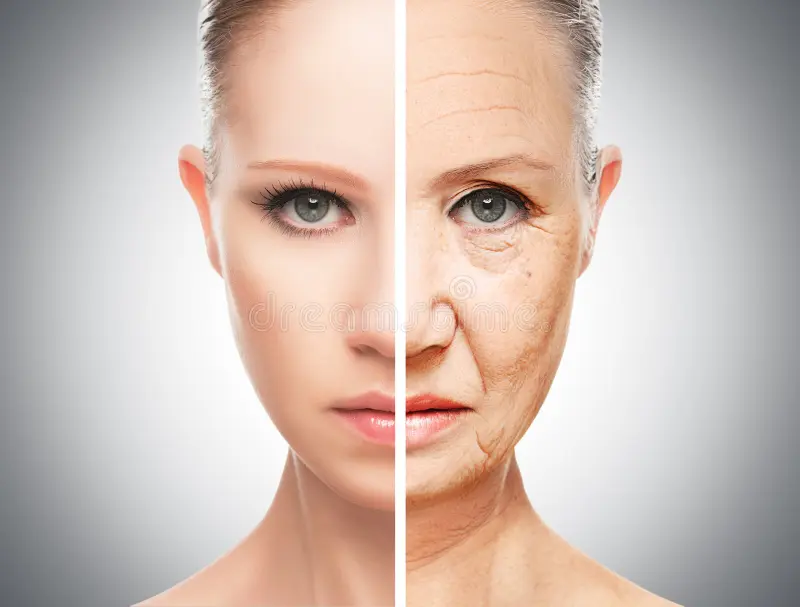INTRODUCTION
Effects of aging on Skin are something we all go through, and yet, it’s often a bit of a shock when we start to see those first signs on our skin—whether it’s a fine line, a wrinkle, or a small sunspot. Our skin, being the body’s largest organ, tends to show the signs of aging more clearly than anything else. By knowing how aging affects the skin and effects of aging on skin, we can learn how to better care for it and keep it looking healthy and radiant.
Effects of aging on Skin
- Wrinkles and Fine Lines:
One of the most common signs of aging, wrinkles, especially around the eyes and mouth, appear over time. Factors like sun exposure and smoking can make these lines more prominent. Imagine it like a piece of fabric: the more it’s used, the more wear and tear becomes visible.
- Loss of Elasticity:
As we get older, the skin loses collagen and elastin—two components that help keep it firm and stretchy. Without them, the skin becomes looser and begins to sag. Picture a balloon that’s deflated a little; it doesn’t have the same firmness it once did.

- Dryness and Thinning:
As oil production slows down with age, skin tends to become drier and thinner, especially for women going through menopause. It may feel like the skin lacks the hydration it used to have, becoming more prone to dryness and discomfort.

- Age Spots and Hyperpigmentation:
Dark spots or patches of uneven skin tone are common signs of aging, especially after years of sun exposure. These spots, often referred to as age spots, can be annoying reminders of the time spent in the sun, but they’re a normal part of getting older.

- Changes in Texture:
Aging can make the skin feel rougher and less smooth than it once was. This happens because the skin doesn’t renew itself as quickly as it used to. Over time, it loses the fresh, soft feel it once had.



